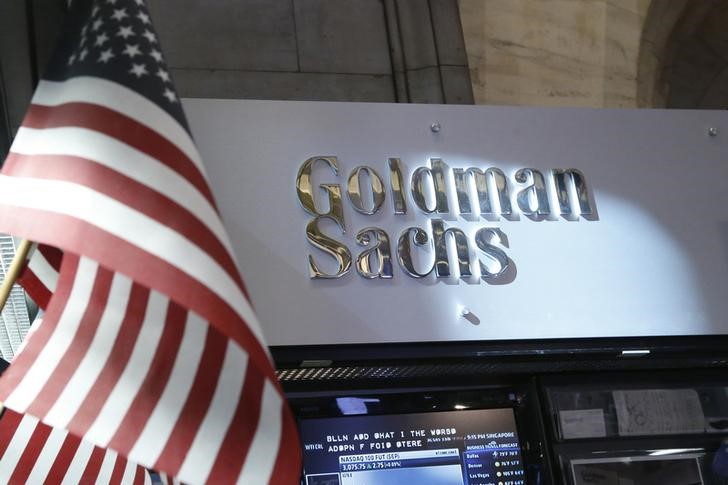Bullish indicating open at $55-$60, IPO prices at $37
Investing.com -- U.S. bank stocks moved higher Monday following the release of the Federal Reserve’s annual stress test results, which Wells Fargo (NYSE:WFC) analysts said marked a turning point toward “less onerous, less volatile, and more transparent” regulation.
In premarket trading, Goldman Sachs is up 2.4%, while JPMorgan has gained 0.6%, Morgan Stanley (NYSE:MS) and Citi have risen 0.4%, Wells Fargo has climbed 2%, and Bank of America has increased by 1%.
“The stress test is a clear demarcation that regulation is becoming less onerous,” Wells Fargo wrote.
Analysts highlighted Goldman Sachs as the “big test winner,” along with JPMorgan, Bank of America, M&T Bank (NYSE:MTB), and Citi—Wells Fargo’s “dominant #1 pick.”
The Fed’s changes to its stress test methodology are said to have contributed to the positive outcome.
These included “lower loan losses, lower private equity losses (helped GS), and less global market shock.”
Additionally, Wells Fargo noted that changes in hedging treatment and the removal of non-recurring expenses from past results positively impacted banks’ capital calculations.
Wells Fargo estimates the new framework could free up roughly $100 billion in capital over the next two years, with $50 billion starting in January 2026 and another $50 billion in January 2027.
That capital could support “more loans ($1T theoretically), deals, and buybacks,” with JPMorgan, Goldman Sachs, Citi, and Bank of America said to be best positioned to benefit.
Goldman Sachs’ stress capital buffer (SCB) is now estimated to be lower than Morgan Stanley’s, a notable shift.
Meanwhile, M&T Bank’s decision to opt in to the 2025 test yielded a lower SCB, unlike Fifth Third and KeyCorp (NYSE:KEY), which opted out and saw no benefit, an “unusual” move, Wells Fargo noted.
Despite some remaining kinks, analysts see the outcome as favorable, noting that if test assumptions were aligned with actual global financial crisis levels, “bank capital ratios would be 200bp higher.”
